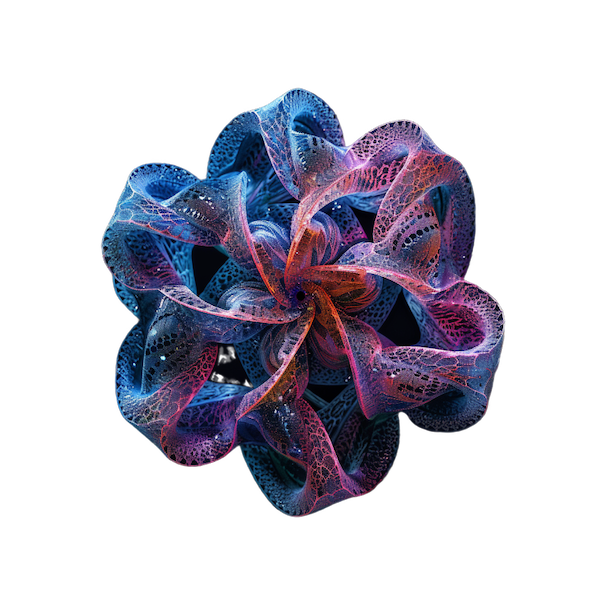

Background
The conclusion Christina drew from her undergraduate degree in Cognitive Science is that Other People are what matter. She started her project with an interest in exploring community as "the people you eat with" but allowed her exploration to evolve as she started learning about complex dynamical systems, embodied cognition, iteration, and ultimately the discontinuity that conditions continuous experience. The progression of her project itself mirrors these interests - a self similar set of interacting elements that maintains a sense of continuity through the overarching humanistic ideal, even as the ideas and interactions between them evolve with every iteration. All the physics and cognitive science and art still bring her back to the importance of Other People.
dis(continuity)
In describing my project to others, a few people have said to me, “Oh, so you’re trying to find a Grand Unified Theory of everything. Or the meaning of life, perhaps.” Rather, I’d like to celebrate quite the opposite; that which differentiates the varying levels of resolution through which a system may be described. The description of a human, for example, is as complete and lacking at the neurochemical level as it is at the psychological or sociological level. Each level seeks to describe the same phenomena, and though interdependent, they are distinguished through their differences. It is this difference that I’d like to celebrate. In my years of study, I’ve encountered the notion that it is discontinuity, or the way in which things are cut off or don’t fit together, that in fact conditions the continuity of relations between things. Within systems of social organization or biological organisms, continual change and discrete repetition is what allows for progress and continuity. I seek to wonder at the infinite proliferation of differences within the whole.
For my final presentation, I made a salad. Actually, the attendees of the B21 Research Gallery made a salad, contributing and eating and contributing and eating. The salad was a practice of taking things apart to recombine them for new avenues of possibility that are in some ways the same (each vegetable was edible in its whole and deconstructed form) and in some ways different (the subjective experience of eating the vegetables in their different forms). It was interesting to observe the different interpretations of the instruction to ‘contribute’ and the way in which the same salad changed as people added and took away from it, and as popular ingredients dwindled. In the end, we all enjoyed a damn good salad.

I was later invited to give a lecture to a group of grade 11 students at an academic camp on the topic of my B21 project, but instead of delving into more physics and math, I instead invited them outside for activities that were of the highest cringe factor. These students, who’d been working on an entrepreneurship project related to environmental conscientiousness all summer, were given a moment outside, encouraged to be goofy and revel in the awkwardness of the things I asked them to do.
The exercises themselves were founded on building compassion for oneself, attention to a partner, and observing how, when performed in a group, repetitive gestures like rubbing one’s palms together could amount to the collective experience of something greater, like the sound of rain. Each activity built on some aspect of the concepts I’d been grappling with this summer, but instead of asking them to reflect on the activities on a meta level, I instead invited the students to engage with the ideas in an embodied sense. As students, we are primed to treat our bodies as vessels for our minds, and we often neglect to treat ourselves as if ‘I am my body’.
Our relations with ourselves and the people and environments around us are a constant dialogue of movement, and shared food is the best way of illustrating this concept. At the start of the exercise I had shared an orange with each kid and asked them to care for it. In the end, I had all 64 students share their orange with as many or as few peers as they’d like but instructed them to only take as much as they had given. They each consumed a full orange, and from a purely pragmatic perspective, the exchange of orange slices brought them no added nutritional value. I had them reflect, then, on why sharing and receiving food changed the experience in ways that cannot be described in purely functional terms.
My roommate’s mother couldn’t understand why he prepared such extravagant meals for himself and others. She once said to him, “You shit, you eat; you shit, you eat. Why you gotta make it so complicated?” The complicated bits, the dysfunctional bits, the discontinuities and differences are what make anything worth anything.
Ultimately my project was about the relations between things, whether they are neurons in a network or a brain, or people in a community. But in my exploration, I always reach the same conclusion; other people are what matter.

.svg)




